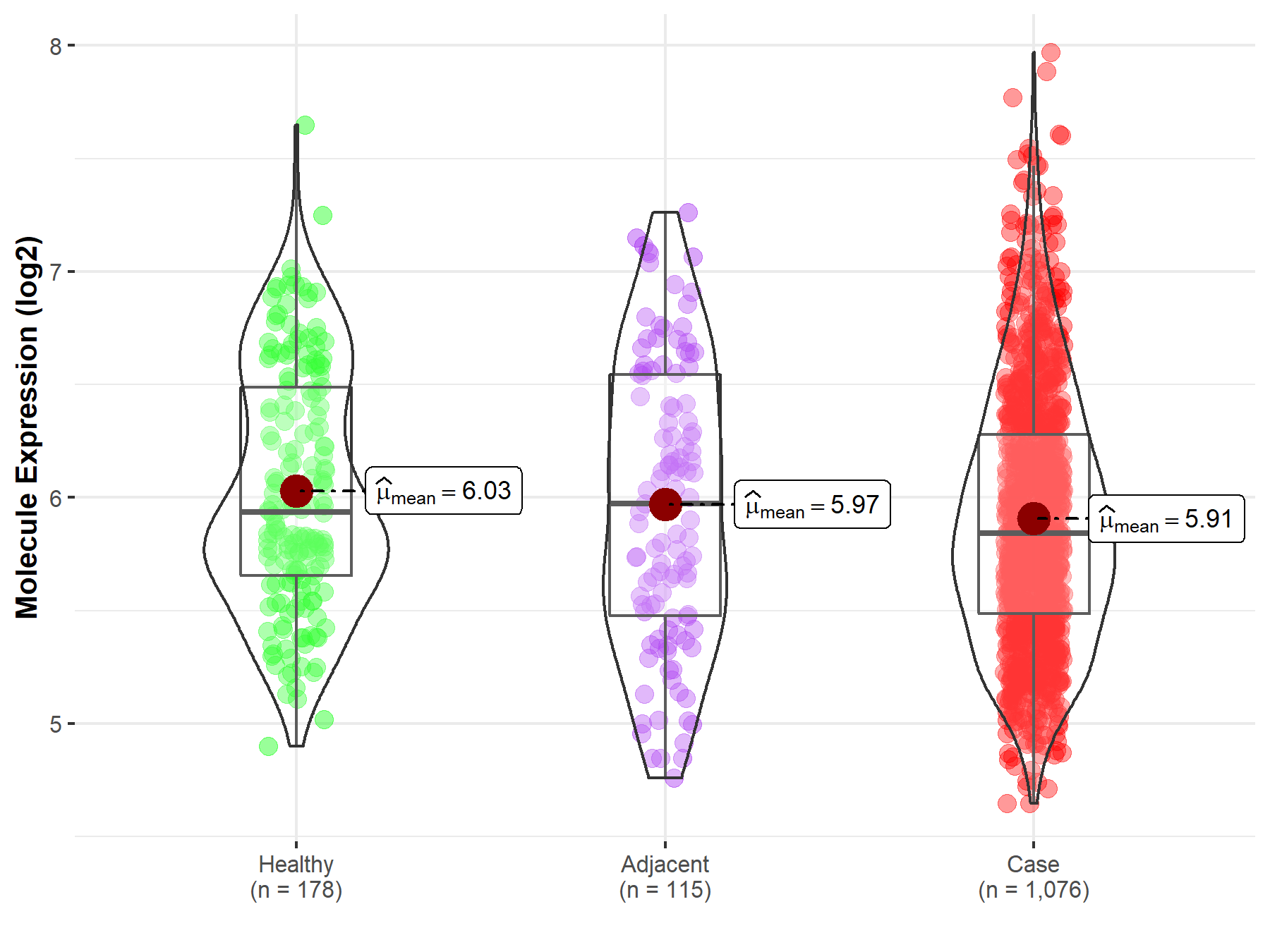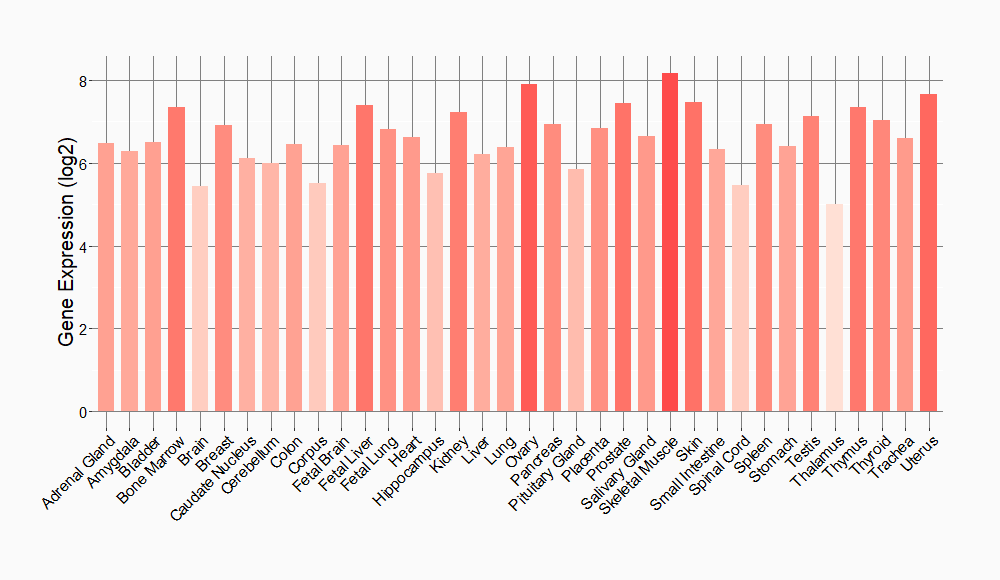Molecule Information
General Information of the Molecule (ID: Mol01940)
| Name |
G3BP stress granule assembly factor 1 (G3BP1)
,Homo sapiens
|
||||
|---|---|---|---|---|---|
| Synonyms |
G3BP1; G3BP
Click to Show/Hide
|
||||
| Molecule Type |
Protein
|
||||
| Gene Name |
G3BP1
|
||||
| Gene ID | |||||
| Location |
chr5:151,771,045-151,812,911[+]
|
||||
| Sequence |
MVMEKPSPLLVGREFVRQYYTLLNQAPDMLHRFYGKNSSYVHGGLDSNGKPADAVYGQKE
IHRKVMSQNFTNCHTKIRHVDAHATLNDGVVVQVMGLLSNNNQALRRFMQTFVLAPEGSV ANKFYVHNDIFRYQDEVFGGFVTEPQEESEEEVEEPEERQQTPEVVPDDSGTFYDQAVVS NDMEEHLEEPVAEPEPDPEPEPEQEPVSEIQEEKPEPVLEETAPEDAQKSSSPAPADIAQ TVQEDLRTFSWASVTSKNLPPSGAVPVTGIPPHVVKVPASQPRPESKPESQIPPQRPQRD QRVREQRINIPPQRGPRPIREAGEQGDIEPRRMVRHPDSHQLFIGNLPHEVDKSELKDFF QSYGNVVELRINSGGKLPNFGFVVFDDSEPVQKVLSNRPIMFRGEVRLNVEEKKTRAARE GDRRDNRLRGPGGPRGGLGGGMRGPPRGGMVQKPGFGVGRGLAPRQ Click to Show/Hide
|
||||
| Function |
ATP- and magnesium-dependent helicase that plays an essential role in innate immunity. Participates in the DNA-triggered cGAS/STING pathway by promoting the DNA binding and activation of CGAS. Enhances also DDX58-induced type I interferon production probably by helping DDX58 at sensing pathogenic RNA. In addition, plays an essential role in stress granule formation. Unwinds preferentially partial DNA and RNA duplexes having a 17 bp annealed portion and either a hanging 3' tail or hanging tails at both 5'- and 3'-ends. Unwinds DNA/DNA, RNA/DNA, and RNA/RNA substrates with comparable efficiency. Acts unidirectionally by moving in the 5' to 3' direction along the bound single-stranded DNA. Phosphorylation-dependent sequence-specific endoribonuclease in vitro. Cleaves exclusively between cytosine and adenine and cleaves MYC mRNA preferentially at the 3'-UTR.
Click to Show/Hide
|
||||
| Uniprot ID | |||||
| Ensembl ID | |||||
| HGNC ID | |||||
| Click to Show/Hide the Complete Species Lineage | |||||
Type(s) of Resistant Mechanism of This Molecule
Drug Resistance Data Categorized by Drug
Approved Drug(s)
1 drug(s) in total
| Drug Sensitivity Data Categorized by Their Corresponding Mechanisms | ||||
|
|
||||
| Disease Class: Lung small cell carcinoma | [1] | |||
| Sensitive Disease | Lung small cell carcinoma [ICD-11: 2C25.2] | |||
| Sensitive Drug | Cisplatin | |||
| Molecule Alteration | Expression | Down-regulation |
||
| Experimental Note | Identified from the Human Clinical Data | |||
| In Vitro Model | Small-cell lung cancer cells | Lung | Homo sapiens (Human) | N.A. |
| Experiment for Molecule Alteration |
qRT-PCR | |||
| Experiment for Drug Resistance |
CCK8 assay | |||
| Mechanism Description | Knocking down the expression of G3BP1 significantly increased the sensitivity of SCLC cells to cisplatin. | |||
Disease- and Tissue-specific Abundances of This Molecule
ICD Disease Classification 02

| Differential expression of molecule in resistant diseases | ||
| The Studied Tissue | Lung | |
| The Specified Disease | Lung cancer | |
| The Expression Level of Disease Section Compare with the Healthy Individual Tissue | p-value: 4.74E-03; Fold-change: -9.29E-02; Z-score: -1.74E-01 | |
| The Expression Level of Disease Section Compare with the Adjacent Tissue | p-value: 2.99E-01; Fold-change: -1.29E-01; Z-score: -2.05E-01 | |
|
Molecule expression in the normal tissue adjacent to the diseased tissue of patients
Molecule expression in the diseased tissue of patients
Molecule expression in the normal tissue of healthy individuals
|
||
| Disease-specific Molecule Abundances |

|
Click to View the Clearer Original Diagram |
Tissue-specific Molecule Abundances in Healthy Individuals


|
||
References
visits since 2022
If you find any error in data or bug in web service, please kindly report it to Dr. Sun and Dr. Zhang.
